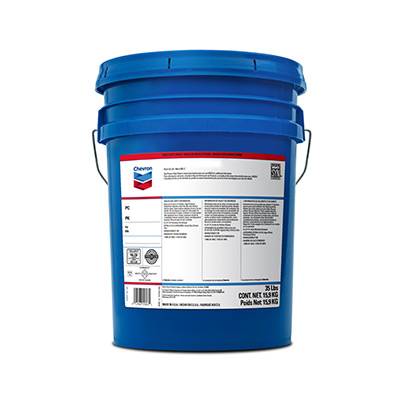Pro . 28, 2024 12:49 Back to list
welding inspection ruler
The Importance of Welding Inspection Rulers in Quality Control
In the world of manufacturing and construction, welding plays a crucial role in joining materials together. The integrity and strength of welded joints are vital for the safety and durability of structures. As such, quality control measures are essential, and one of the key tools used in this aspect is the welding inspection ruler.
What is a Welding Inspection Ruler?
A welding inspection ruler is a specialized measuring tool used to assess the quality of welds. Typically constructed from durable materials, such as stainless steel or aluminum, these rulers come with specific measurement scales and features designed to evaluate weld size, uniformity, and adherence to industry standards. The primary function of a welding inspection ruler is to ensure that the dimensions of a weld meet the required specifications for a given project.
The Role of Welding Inspection Rulers in Quality Control
Quality control is an integral part of the welding process. During the fabrication process, various inspections are carried out to ensure that the welds are both structurally sound and visually acceptable. Welding inspection rulers play a significant role in this process by providing accurate measurements which help in identifying any deviations from specified standards.
welding inspection ruler

1. Measuring Weld Size One of the main functions of a welding inspection ruler is to measure the size of the weld bead. The dimensions of the weld must adhere to the specifications laid out in the engineering drawings or the relevant codes and standards (such as AWS or ASME). Using a welding inspection ruler enables inspectors to confirm that the welds are neither too large nor too small, which could compromise the integrity of the joint.
2. Verifying Root Penetration For certain types of welds, particularly in thicker materials, it is essential to ensure proper root penetration. A welding inspection ruler can help measure the depth of the weld into the parent material. Insufficient penetration can lead to weak joints that may fail under stress, while excessive penetration could result in defects such as undercutting.
3. Checking Weld Profile The profile of a weld refers to its shape and appearance. A quality weld should have a smooth and uniform profile free of defects. The welding inspection ruler can help in visually assessing the profile and measuring cross-sectional dimensions to ensure consistency across the welded joint.
4. Ensuring Compliance with Standards Many industries have specific standards that dictate the allowable tolerances for welds. Welding inspection rulers are often marked with these tolerances to assist inspectors in quickly determining whether a weld meets the necessary criteria. This not only helps maintain quality but also aids in passing inspections and avoiding costly rework.
Conclusion
In conclusion, the welding inspection ruler is an indispensable tool in the quality assurance process within the welding industry. By providing accurate measurements of weld size, profile, and penetration, these rulers help ensure that welded joints meet stringent safety and performance standards. As industries continue to evolve and advance, it is crucial that inspection practices keep pace with technological developments. The welding inspection ruler will undoubtedly remain a cornerstone of these practices, enabling manufacturers and builders alike to deliver reliable and robust welded structures. Ensuring proper inspection and adhering to industry standards not only serves the integrity of individual projects but also enhances the overall reputation and reliability of the welding profession. Quality welds guarantee safety, longevity, and confidence in the built environment, making tools like the welding inspection ruler essential in today's construction landscape.
-
Why Metric Trapezoidal Thread is Ideal for Precision Motion ControlNewsAug.05,2025
-
The Unique Properties of a Block of Granite for Industrial UseNewsAug.05,2025
-
The Role of Flanged Y Strainers in Preventing Pipeline ClogsNewsAug.05,2025
-
The Importance of Regular Calibration for Master Ring GagesNewsAug.05,2025
-
How a Cast Iron Surface Table Enhances Accuracy in ManufacturingNewsAug.05,2025
-
Comparing Different Check Valve Types for Optimal Flow ControlNewsAug.05,2025
Related PRODUCTS









